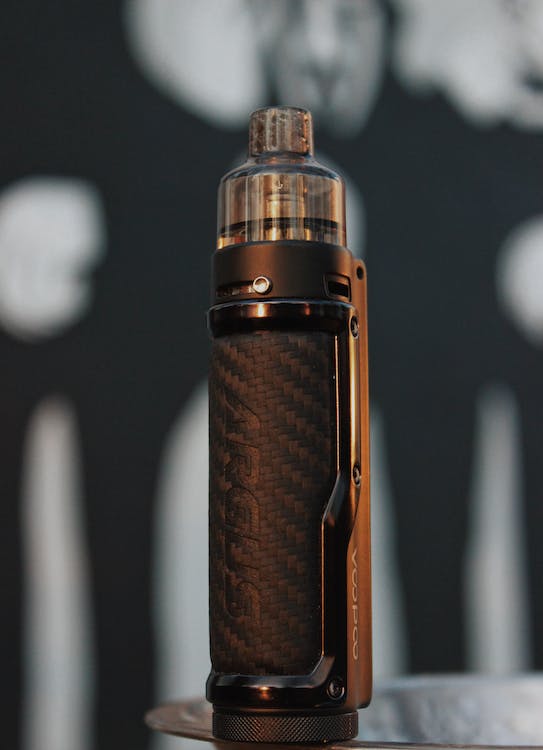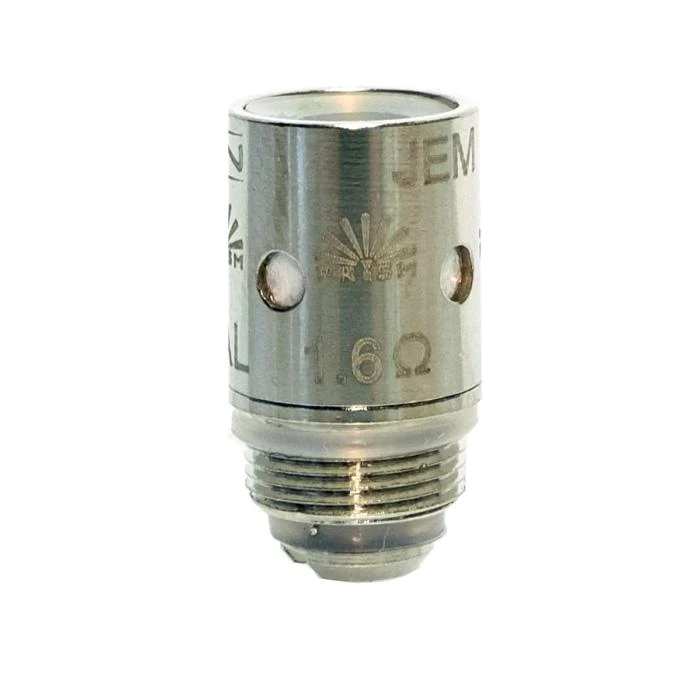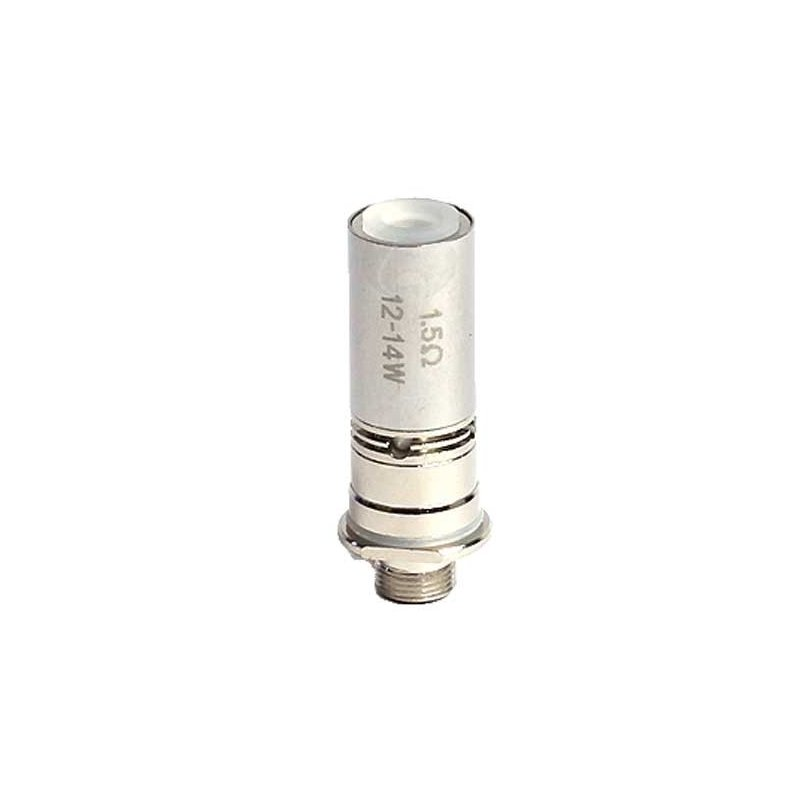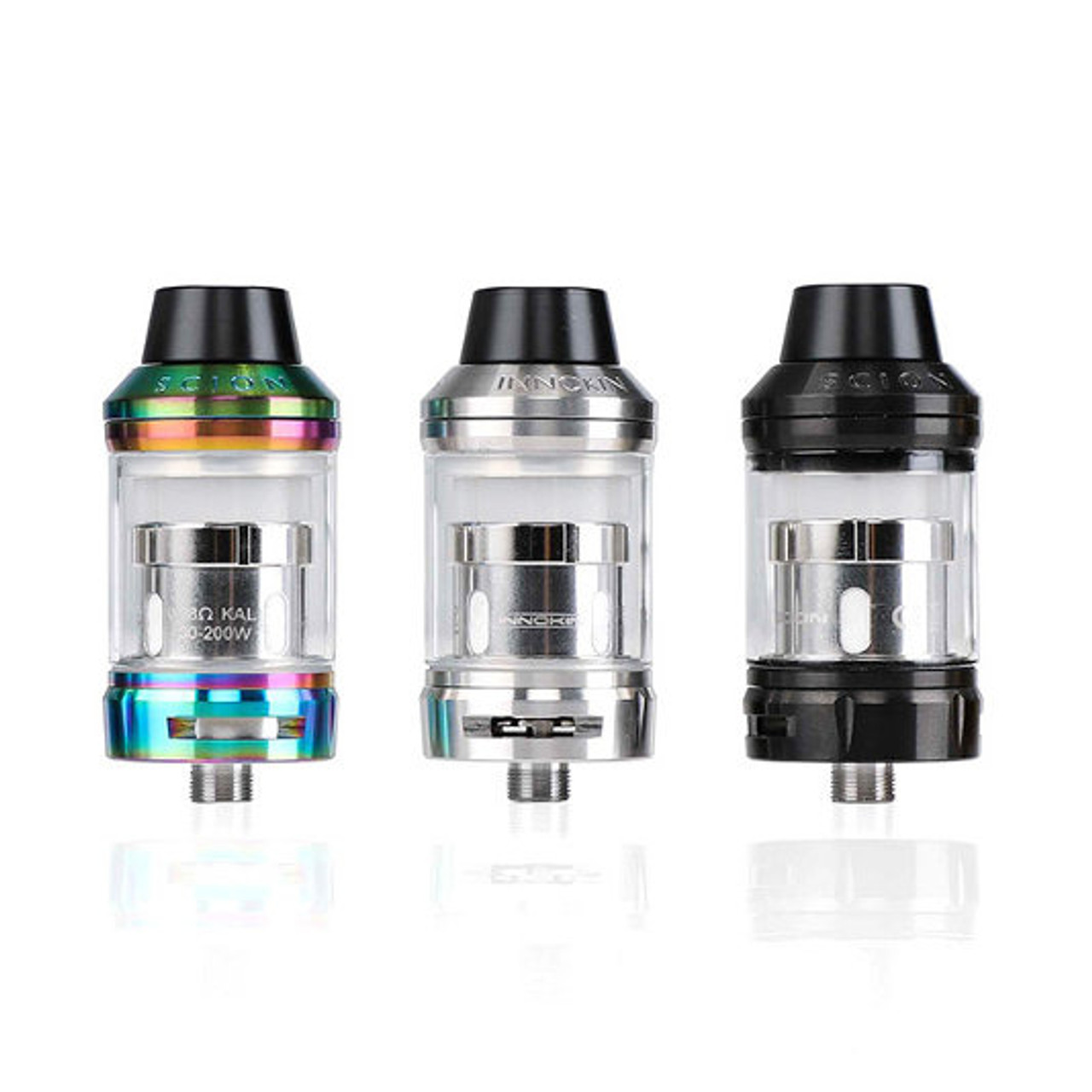
Behind the Scenes: How Vape Coils are Made
In the world of vaping, a single, seemingly small component can play a pivotal role in determining the quality of your experience. We're talking about the humble vape coil. While it may not be as glamorous as the latest mod design or e-liquid flavor, the coil forms the very heart of your device, a silent workhorse that can make or break your vaping experience.
But have you ever stopped to think about how these critical components are made? The manufacturing process is a fascinating blend of cutting-edge technology, engineering know-how, and intricate craftsmanship. This blog post will take you behind the scenes, revealing the secrets of how vape coils are manufactured.
Understanding the Role of Vape Coils
Before we delve into the manufacturing process, it's crucial to understand why vape coils matter. At the simplest level, a vape coil is a heating element within your device. It heats up the e-liquid, turning it into the satisfying vapor that you inhale. The type of coil you use can significantly influence vapor production, flavor intensity, and overall vaping performance.
Materials Make a Difference
The first step in making a vape coil is selecting the right material. Kanthal, stainless steel, nickel, and titanium are popular choices, each offering different resistances, heat up times, and flavor experiences.
Step 1: Wire Production
Wire production is the first step in the manufacturing of vape coils. The selected material is made into a wire of a specific thickness through a process called drawing, which involves pulling the metal through a series of increasingly smaller dies to reduce its diameter. The wire is then wound onto a spool, ready for the next step.
Step 2: Winding the Coil
Next, the wire is wound into a coil. The number of wraps and the diameter of the coil can vary, influencing the coil's resistance. More wraps mean higher resistance, which can affect the power required to heat the coil and the vapor produced.
Step 3: Wrapping the Wick
After winding, the coil is wrapped with a wicking material. The wick absorbs the e-liquid and brings it into contact with the coil. Cotton is a commonly used wick material, but silica, ceramic, and even stainless steel mesh can be used.
Step 4: Quality Control and Testing
Once the coil is wrapped, it undergoes rigorous testing. Resistance and ohms are measured, and the coil is tested under heat to ensure it performs as expected. Only after it passes these quality checks is it ready for packaging and shipping.
The Human Touch: Handmade Coils
While machines handle the mass production of basic vape coils, there's an entire subculture dedicated to handmade coils. Artists and craftsmen create complex braided and twisted coils that can enhance flavor and vapor production, offering a premium, personalized vaping experience.
Coil Design: An Art and Science
To think of vape coils as mere spirals of metal would be to do them a disservice. Coil design is both an art and a science, with numerous factors playing into how a coil performs. For instance, the size of the coil impacts its resistance, which in turn influences the power needed to heat the coil and the temperature of the vapor it produces.
Equally as critical is the wire gauge. Thicker wires, or lower gauge wires, heat up slower than thinner wires but can create larger volumes of vapor, while thinner wires heat up more quickly and produce a more intense flavor. Coil shape also matters; for instance, a flat coil can provide a larger surface area for heating, enhancing vapor production.
The spacing between the coil wraps is another significant consideration. Closer wraps can deliver a more consistent temperature and better flavor, while spaced wraps can prevent dry hits and wicking problems.
All these factors are taken into consideration during the coil design process. Prototypes are crafted and tested, with adjustments made until the perfect balance of performance, flavor, and vapor production is achieved.
The Unseen Complexity: Advanced Coil Types
While a standard vape coil is a simple helix, the world of coils is far more varied and complex. Advanced coil designs, such as Clapton, twisted, and braided coils, offer a range of benefits, including increased surface area for better flavor and vapor production.
Manufacturing these advanced coil types requires additional steps and precision. For example, Clapton coils—named after the guitar string they resemble—involve wrapping a thin wire around a thicker core wire. Twisted coils are made by twisting two or more strands of wire together, while braided coils involve intricately weaving several strands together.
Despite the added complexity, these advanced coils can offer a significantly enhanced vaping experience, making the extra manufacturing effort worthwhile for many vapers.
Quality Control: More Than Just a Checklist
Quality control in vape coil manufacturing is a critical, multi-step process. Each coil undergoes numerous checks to ensure it meets the required standards and will perform optimally.
In the initial stages, this involves visual inspections and resistance testing. The coil's resistance is checked against the target resistance for that particular design, and adjustments are made if necessary.
Coils also undergo what is known as 'dry burning,' where the coil is heated without any e-liquid. This process ensures the coil heats evenly and identifies any potential 'hot spots,' which could cause the coil to overheat.
Afterwards, the coil is cleaned to remove any contaminants or residues left over from the manufacturing process.
Finally, each coil undergoes a rigorous final inspection before packaging. This inspection checks for any visual defects and retests the coil's resistance. Only after passing this final inspection does a coil make its way into the hands of a vaper.
The Evolution of Vape Coils
Vape coil technology has evolved significantly since the early days of vaping. From rudimentary silica-wicked coils to the complex, expertly-crafted coils of today, this evolution has been driven by a commitment to improving the vaping experience.
Manufacturers continuously experiment with new coil designs, materials, and manufacturing techniques, striving to enhance vapor production, flavor intensity, and coil longevity. Vapers can now choose from a wide range of coil options, allowing them to customize their vaping experience to their preferences.
Conclusion
Behind every satisfying puff of vapor lies the complex and meticulous process of vape coil manufacturing. It’s a harmonious blend of science, technology, and craftsmanship that produces these tiny powerhouses responsible for the vapor we love.
So the next time you change your vape coil, pause for a moment. Consider the journey that coil has taken, from the raw metal wire to the intricately crafted coil in your hand. Understand the thought, skill, and precision that has gone into creating it, and perhaps, you'll find an even deeper appreciation for the art and science of vaping.
From us at vaporisers.com, we hope this behind-the-scenes journey has given you a richer understanding and appreciation of the humble vape coil. Now, isn't it time you enjoyed a well-deserved vape?



